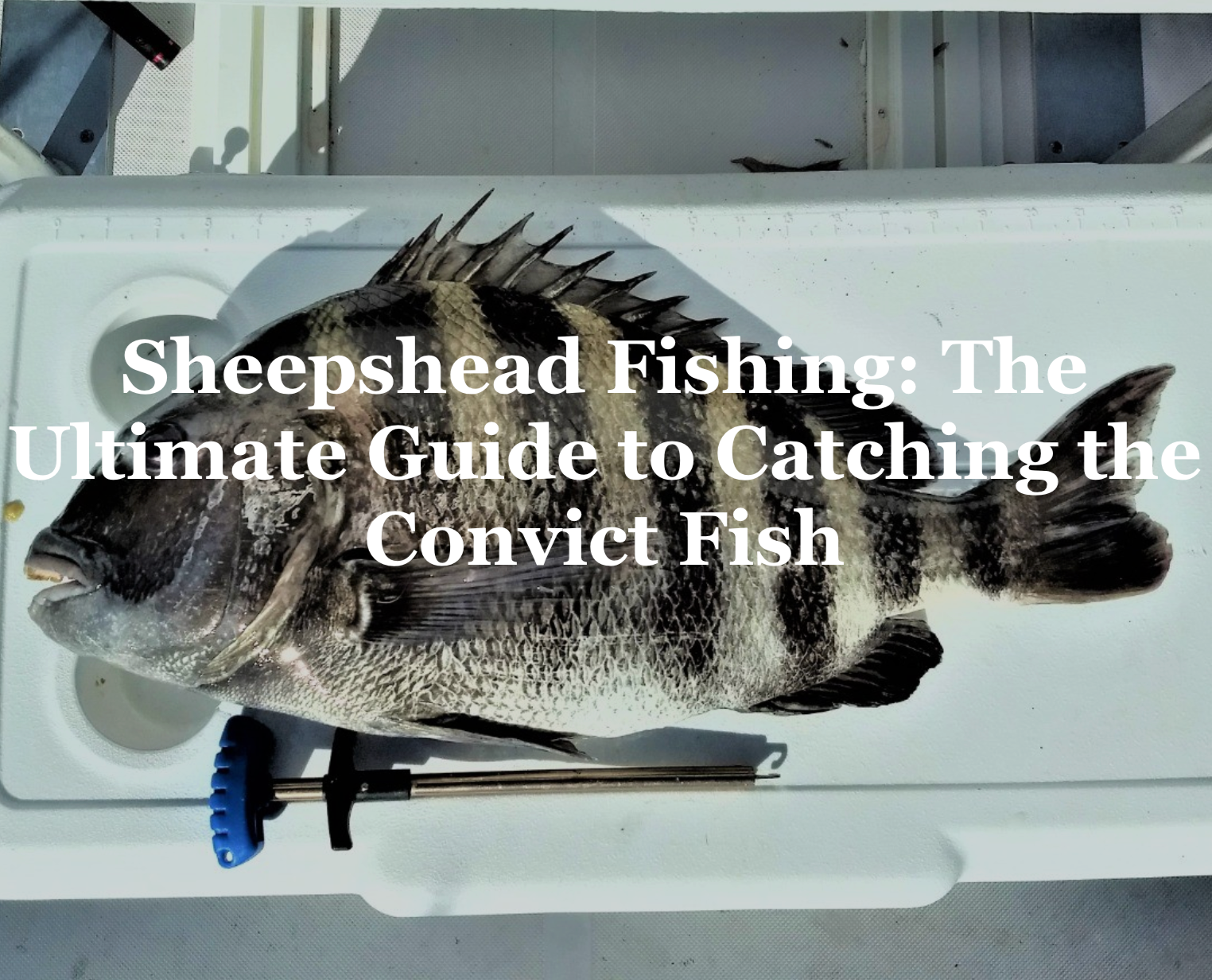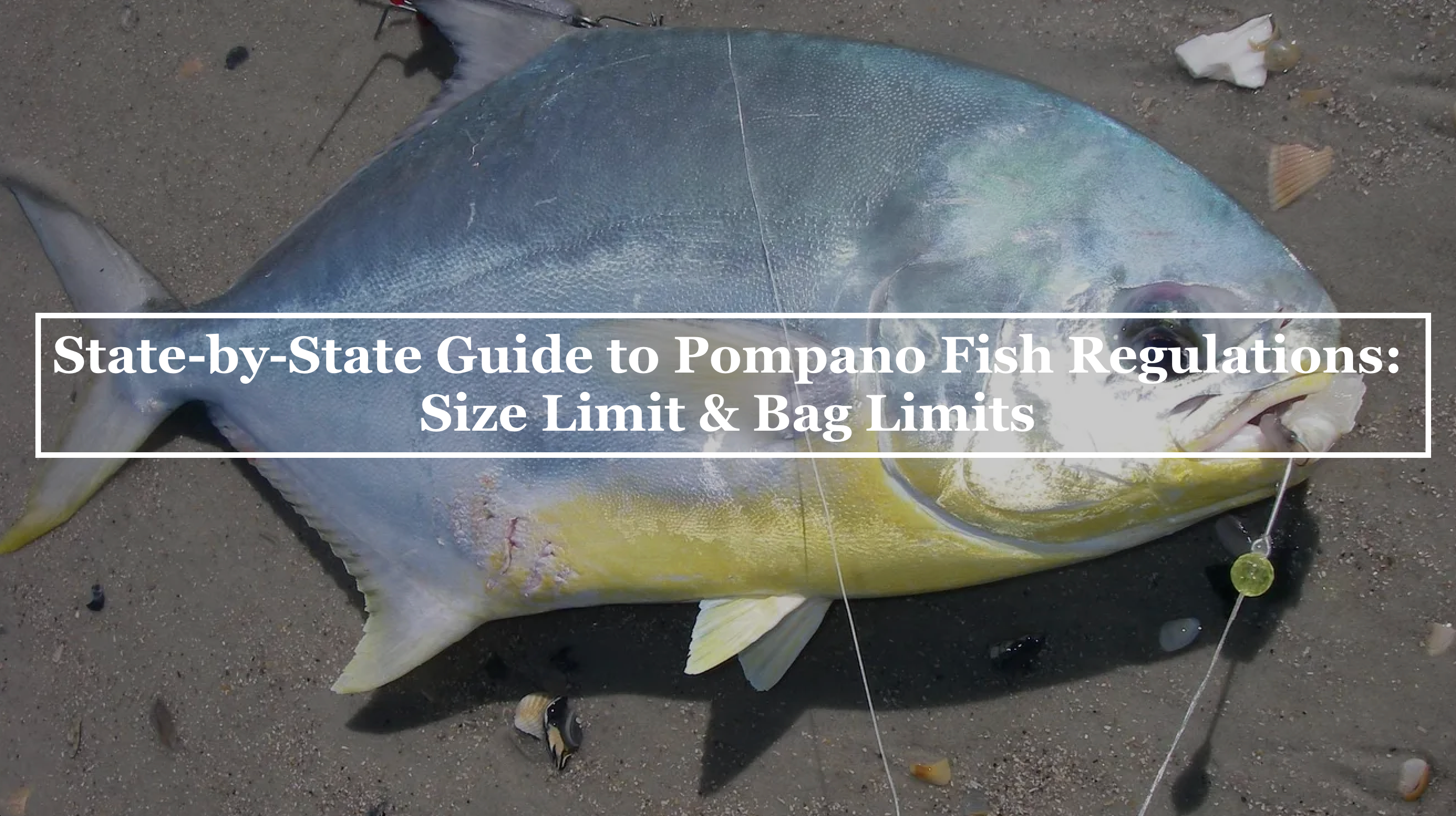Learning how to clean a fish is a crucial skill for any angler, turning your fresh catch into a delicious meal. Whether you’re a beginner tackling your first trout or a seasoned pro cleaning a redfish, mastering fish cleaning steps ensures you get the most out of your haul. Cleaning a fish involves gutting, filleting, and preparing it for cooking, all while keeping safety and efficiency in mind. This guide breaks down the process with beginner fish cleaning tips, the right fish cleaning tools, and fish filleting techniques to help you clean fish for cooking like a pro.
How to Clean Fish Before Cooking

Cleaning a fish isn’t just about prepping it for the table—it’s about preserving flavor and ensuring safety. Proper fish preparation removes scales, guts, and bones that can affect taste or harbor bacteria, making your catch safe and enjoyable to eat. For anglers, knowing how to gut a fish and fillet it means you can take your catch from water to plate with confidence. Plus, mastering these skills lets you customize your cuts, whether you’re frying, grilling, or baking. Fish cleaning also connects you to the tradition of angling, giving you a deeper appreciation for your harvest.
Tools You’ll Need For Cleaning a Fish

Before diving into fish cleaning steps, gather the right fish cleaning tools to make the process smooth and safe. A sharp fillet knife is your most important tool—its thin, flexible blade makes precise cuts for filleting a fish. A scaling tool or the back of a knife works for removing scales, while a pair of fish pliers helps pull out stubborn pin bones. You’ll also need a cutting board with a non-slip surface, preferably one with a groove to catch juices. Gloves protect your hands from sharp fins and slippery fish, and a bucket of clean water keeps everything sanitary. For fish cleaning safety, a first-aid kit is handy in case of accidental cuts. Having these tools ready sets you up for success.
How to Gut and Clean a Fish

Gutting and cleaning a fish are the foundational steps to preparing your catch, ensuring it’s free of inedible parts and ready for filleting or cooking whole. This process involves removing the internal organs, scaling the skin, and filleting if desired, all while maintaining a clean and safe workspace. For beginners, these steps might seem daunting, but with the right approach, they’re straightforward and rewarding. Let’s break down the process into manageable steps, guiding you through each phase of fish preparation so you can handle your catch with confidence and skill.
Step 1: Prepare Your Workspace for Fish Cleaning

Fish cleaning safety starts with a clean, organized workspace. Set up on a stable surface, like a dockside table or kitchen counter, and lay down your cutting board. Keep a trash bag nearby for scraps and a bucket of water for rinsing. If you’re cleaning multiple fish, have a cooler with ice to store cleaned fillets, preventing spoilage. Wear gloves to improve grip and protect against bacteria, especially if you’re new to beginner fish cleaning. A well-prepared area minimizes mess and keeps the process efficient, letting you focus on the task at hand.
Step 2: How to Gut a Fish
The first step in cleaning a fish is gutting, which removes the internal organs to prevent spoilage. Start by laying the fish on its side and making a shallow incision along the belly, from the anal vent to just below the gills. Use your fillet knife carefully to avoid puncturing the intestines, which can taint the meat with a bitter taste. Once the belly is open, reach in and pull out the guts, using your fingers or a spoon to scrape out any remaining organs. Cut away the gills with your knife, as they can also harbor bacteria. Rinse the cavity thoroughly with clean water to remove blood and debris, ensuring the fish is ready for the next step in fish preparation.
Step 3: Scaling the Fish

Scaling is a key part of fish cleaning steps if you plan to cook the fish with the skin on. Hold the fish firmly by the tail and use a scaling tool or the back of your knife to scrape from tail to head, working against the grain of the scales. Apply steady pressure to remove scales without damaging the skin—expect scales to fly, so do this outside or over a trash bag. Focus on the sides, belly, and around the fins, where scales can hide. Rinse the fish under running water to wash away loose scales, checking for any missed spots. Scaling ensures a clean fish for cooking, especially for pan-frying or grilling.
Step 4: Fillet a Fish with Proper Fish Cleaning Tools

Filleting a fish is where fish filleting techniques come into play, turning your catch into boneless cuts. Lay the fish on its side and make a diagonal cut just behind the gills, angling your fillet knife down toward the backbone. Slice along the spine, keeping the blade close to the bones to maximize meat yield. Work from head to tail, using smooth, steady strokes to separate the fillet from the skeleton. Flip the fish and repeat on the other side. Once both fillets are removed, trim away the ribcage and any remaining bones with your knife. For precision, use fish pliers to pull out pin bones, ensuring your fillets are ready for cooking.
Step 5: Skinning the Fillets

If you prefer skinless fillets, skinning is the next step in fish preparation. Place the fillet skin-side down on your cutting board, with the tail end facing you. Make a small cut at the tail to separate a bit of meat from the skin, then angle your fillet knife flat against the skin. Hold the skin firmly with your free hand and slide the knife along the length of the fillet, using a sawing motion to separate the meat. Keep the blade as close to the skin as possible to avoid wasting meat. Rinse the fillet to remove any scales or residue, and you’ve got a clean piece of fish ready for the pan.
Step 6: Final Rinse and Storage

Once you’ve finished filleting a fish, give the fillets a final rinse in cold water to remove any remaining blood, scales, or slime. Pat them dry with paper towels to prevent excess moisture, which can affect cooking. If you’re not cooking immediately, store the fillets in a sealed container or zip-lock bag on ice in a cooler or fridge. Proper storage is a key fish cleaning safety tip, as it prevents bacterial growth and keeps your fish fresh. For longer storage, vacuum-seal the fillets and freeze them—they’ll stay good for up to three months.
Fish Cleaning Safety Tips for Beginners

Fish cleaning safety is critical, especially for beginner fish cleaning. Always use a sharp knife—a dull blade increases the risk of slipping and cutting yourself. Work slowly and deliberately, keeping your fingers clear of the blade’s path. Wear gloves to protect against bacteria like Vibrio, which can be present in saltwater fish, and to avoid cuts from sharp fins or bones. If you’re cleaning fish near water, like on a dock, watch your footing to avoid slipping. Finally, sanitize your tools and workspace with soap and water after cleaning to prevent cross-contamination, ensuring a safe and hygienic process.
Why Master Fish Filleting Techniques?

Mastering how to clean a fish and its filleting techniques opens up a world of culinary possibilities. You’ll save money by processing your own catch, control the quality of your fillets, and gain a sense of pride in preparing your meal from scratch. For anglers, it’s a rewarding skill that deepens your connection to fishing, turning every trip into an opportunity for a fresh feast. Whether you’re grilling a trout or frying a flounder, these fish cleaning steps ensure your catch is ready to shine on the plate.





Share:
How to Reel in Fish: Beginner Guide to Big Fish Fishing
How to Release a Fish: A Beginner’s Guide to Catch and Release